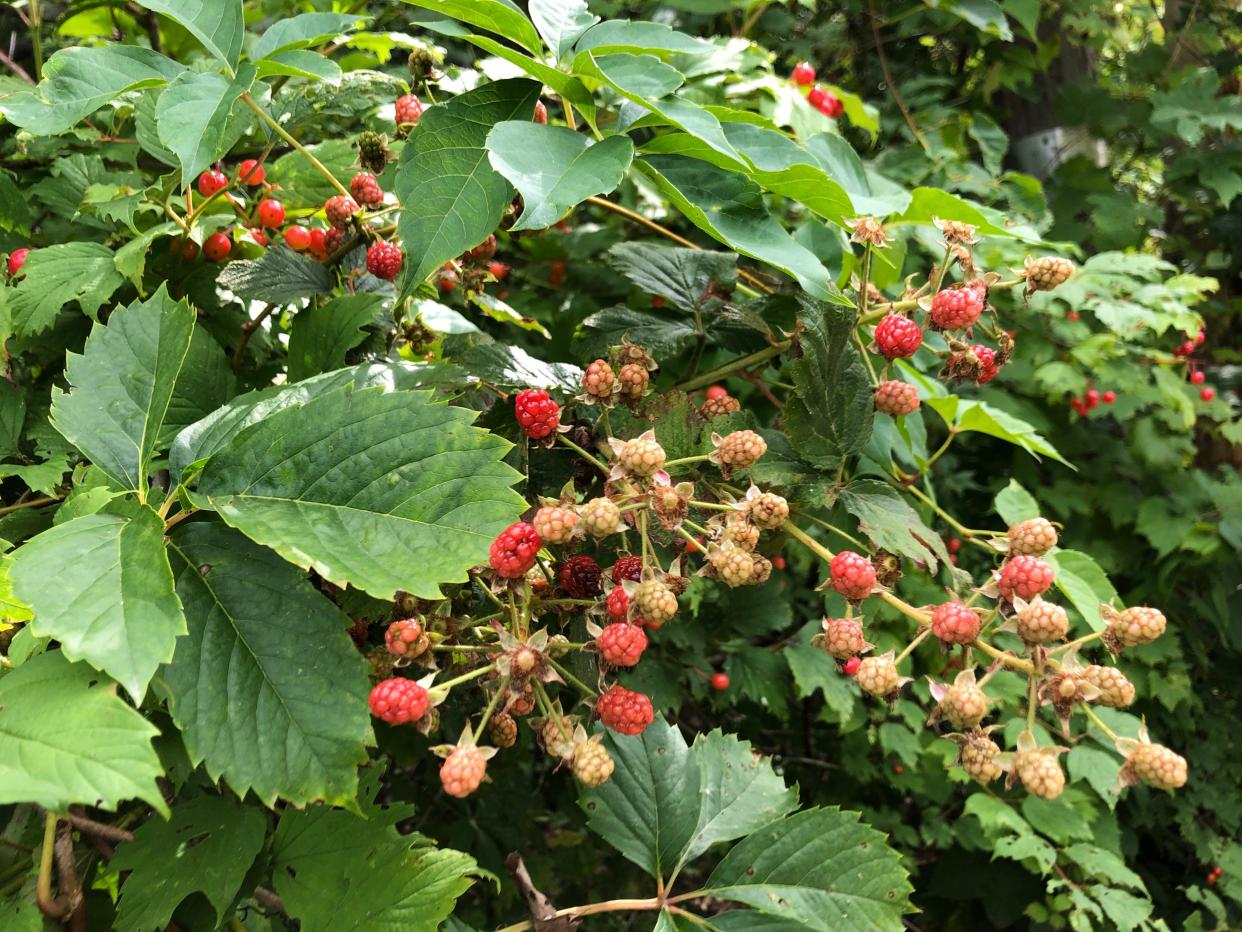Hardy Japanese maples to grow in Wisconsin, and how to remove wild blackberries
Question: Some gardeners that live near me use cocoa bean husk mulch. It gives off quite a strong aroma, and I am wondering if the smell will attract vermin such as rats and mice?
Answer: I have not had problems nor found any problems reported by other gardeners or universities related to this mulch attracting rodents. It should not be used in yards where dogs have access and may consume the mulch. Like chocolate, it can be fatal to dogs when eaten. A thin, no-more-than-one-inch layer of this fine mulch is usually sufficient to suppress weeds and conserve moisture. Cocoa bean husk mulch can develop slime mold. It is not harmful to the plants but is unsightly. Those using the mulch should lightly rake it during wet periods if they want to reduce the risk of this mold developing.

Q: I have a three acre woodlot with a 15-foot by 15-foot area covered with wild blackberries that are quickly spreading and taking over. I would like to get rid of them but do not want to use chemicals. Any suggestions?
A: Regularly pruning the plants to ground level and removing the debris from the site is a non-chemical solution. You must be persistent as the roots that remain will continue to send up new shoots and the debris can root and grow if left in place. Continually removing the aboveground growth will eventually starve the plants. Also watch for any new plants that sprout from seeds left by birds that consume the berries. Digging the extensive root system is not usually effective. It is nearly impossible to remove all the rhizomes and roots and any fragment that remains can grow into a new plant. Digging also disturbs the soil and roots of any nearby desirable plants. Goats have been used in some areas to manage blackberries just as they are currently being used by some to manage buckthorn here. No one has reported success managing this plant by smothering populations with black plastic or by solarization when covered with clear plastic. These practices may kill the tops but have not been found effective at killing the roots. This method can kill desirable plants that may be growing in the covered area.
Q: I am looking for a hardier Japanese maple to grow in Wisconsin. Do you have any recommendations?
A: Breeders have been working on developing hardier Japanese maple hybrids. They are crossing Japanese maple (acer palmatum) with the hardier Korean maple (acer pseudosieboldianum). The result is trees rated hardy to Zone 4. These include North Wind, Arctic Jade and Ice Dragon of the Jack Frost collection from Iseli Nursery (iselinursery.com). Northern Glow was created by Edward Hasselkus while at the University of Wisconsin-Madison and was introduced by J. Frank Schmidt & Company Nursery (jfschmidt.com). You will find more information on these new hybrids on their websites. Contact the garden centers and nurseries in your area to find a source for these relatively new introductions.
Visit Melinda’s website, MelindaMyers.com, for a list of her free webinars and events this spring.
This article originally appeared on Milwaukee Journal Sentinel: Tips for removing wild blackberries and growing hardy Japanese maples
